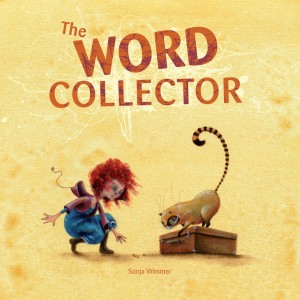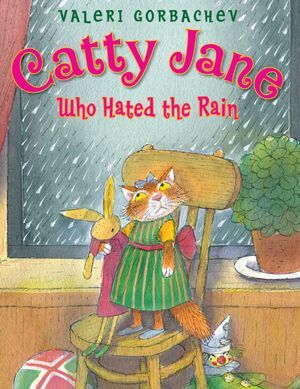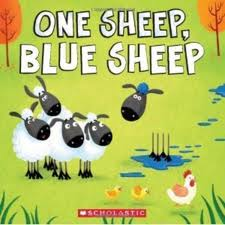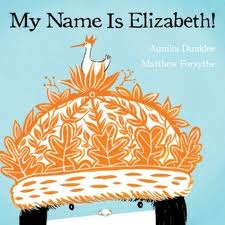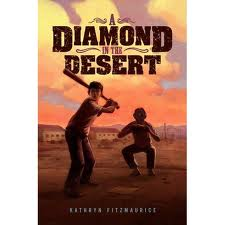
Synopsis: After the bombing of Pearl Harbor, Tetsu Kishi, his mother and sister Kimi are sent to Arizona to a relocation camp called Gila River. Their father is sent elsewhere to be questioned by the government. At Gila River the family faces a harsh climate with rattlesnakes and scorpions, a community latrine with no walls, food that makes them sick and little or no privacy. Tetsu and Kimi worry about the family dog they left behind. Is he alive? They write letters to a neighbor hoping to find out. They also wait for word from their father. Tetsu misses playing baseball, a passion he shared with his father.
When the authorities start a school for the camp, life becomes a little less grim for Tetsu, especially when he meets other boys who love baseball. They start building a ball field and practicing for competition. All goes well until his sister Kimi falls ill and Tetsu stops playing to take care of the family.
What I liked about it and who would enjoy it: This is good historical fiction for 5th through 8th grade and excellent choice for elementary and middle school libraries. Author Kathryn Fitzmaurice spent many months at the Pacific Laguna Niguel National Archives and also interviewed former internees. Many of the incidents in the story come directly from her interviews. In short episodic chapters, Fitzmaurice draws a compelling portrait of a grim historical period and the people caught up in it. Resources are appended for student research. (Grade 5th – 7th)

